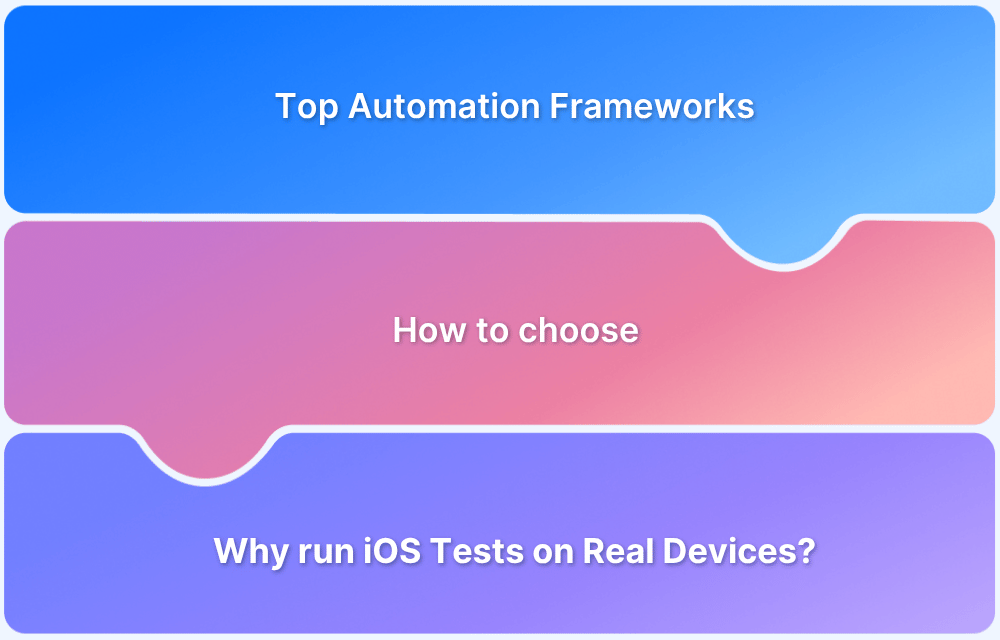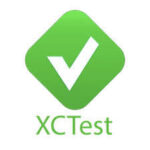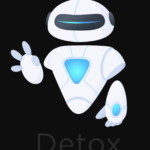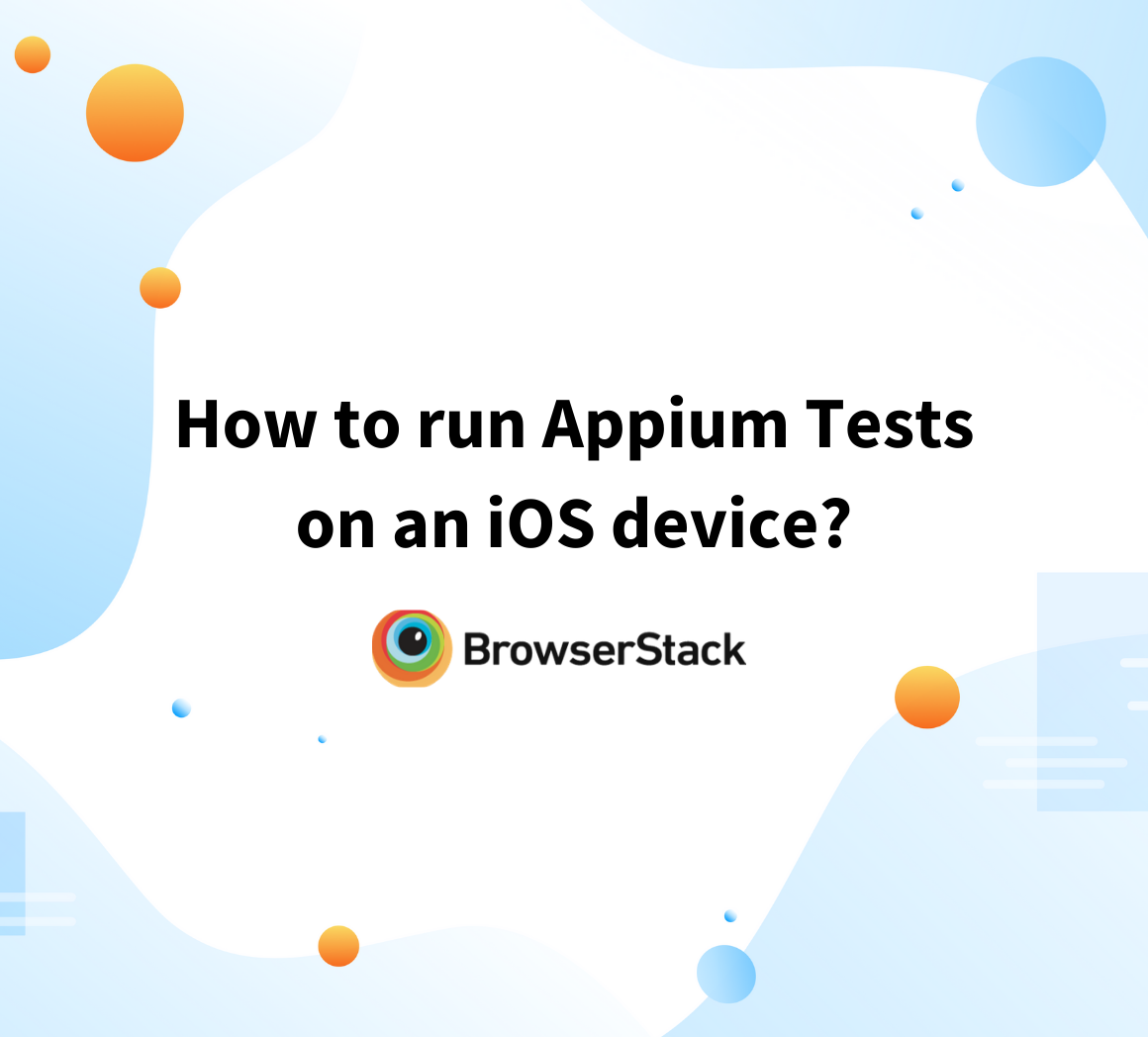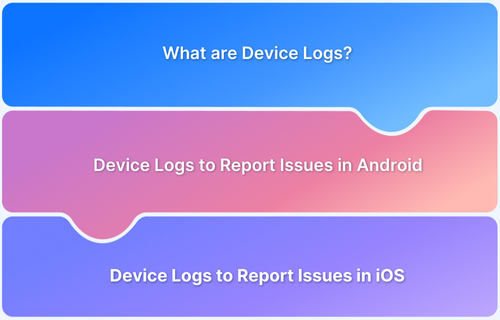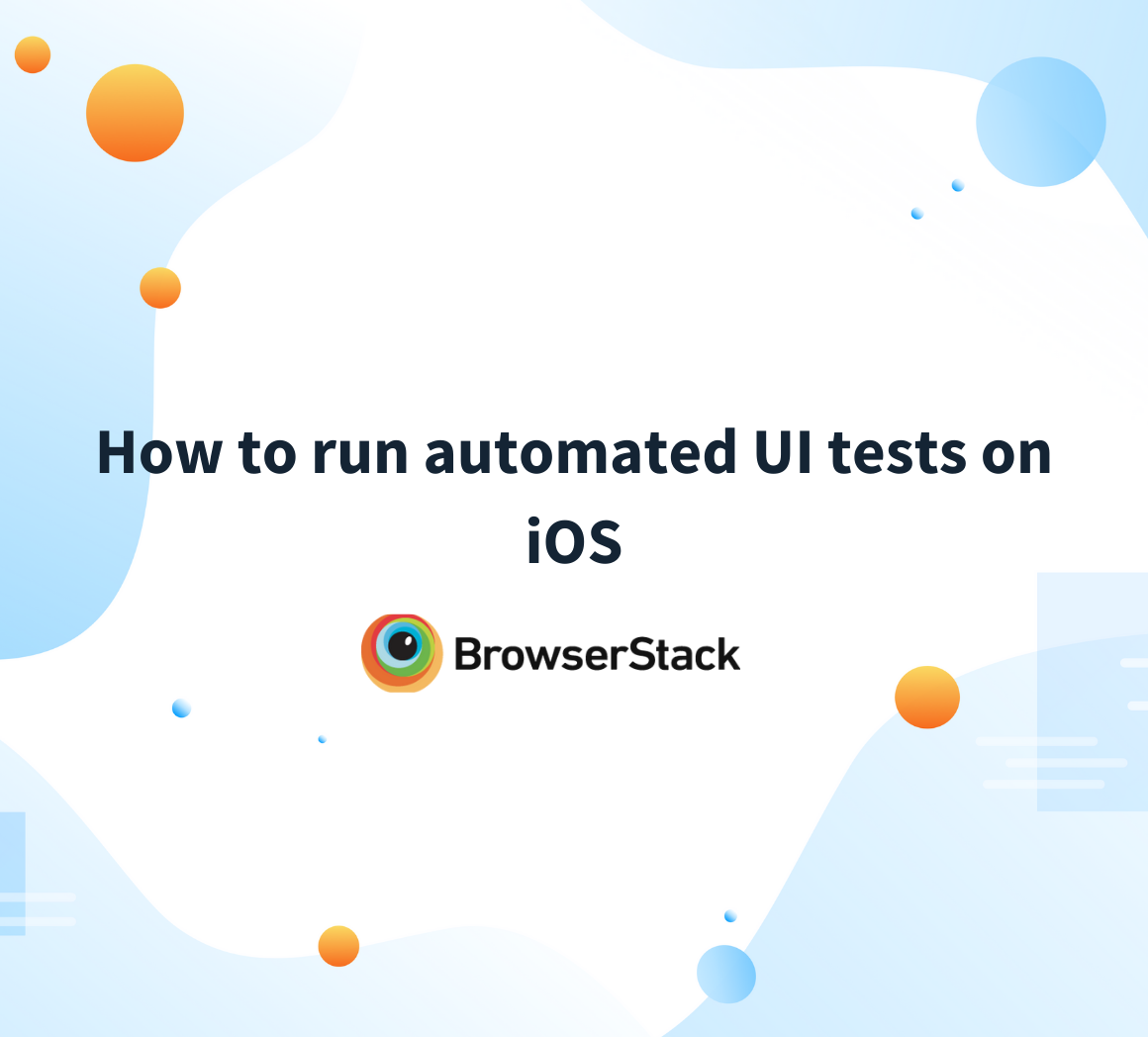In today’s competitive mobile app landscape, iOS commands a significant portion of the market, with over 1.96 million apps available in the Apple App Store. As the demand for seamless, high-quality apps grows, iOS developers face increasing pressure to deliver flawless experiences.
This makes effective testing more important than ever.
Testing frameworks play a crucial role in the app development process, helping teams ensure their apps meet performance and quality standards. By optimizing and automating testing tasks, these frameworks allow developers to identify issues early and deliver polished, reliable products.
This article explores the most popular iOS testing frameworks, guiding developers in choosing the right tools for their specific needs.
Advantages of using iOS Automated Testing Frameworks
iOS automated testing frameworks offer several key benefits that streamline the development process:
- Faster Testing – Automation accelerates testing cycles, enabling quicker feedback and faster release times.
- Improved Test Coverage – Comprehensive testing across devices and scenarios reduces the risk of missed bugs.
- Greater Accuracy – Automation eliminates human errors in repetitive tasks, ensuring consistent test results.
- Cost Efficiency – Though setup takes time, automation becomes cost-effective with reusable tests.
- Scalability – As apps grow, tests can easily scale to cover new features without burdening teams.
- Continuous Integration Support – Seamless integration with CI/CD pipelines ensures continuous testing with every update.
Top 5 iOS Automated Testing Frameworks
1. Appium
Appium is a popular open-source test framework that enables QA engineers to automate cross-platform (Android, iOS) mobile applications. Dan Cuellar originally developed the Appium framework in C# in 2011. It was made open-source in 2012, and the first version of Appium (Appium 1.0) was released in May 2014. Using Appium, QAs can test native, hybrid, and mobile web apps on real devices as well as iOS emulators and simulators.
QAs can also choose to automate their application tests in any programming language of their choice. Appium uses Selenium WebDriver APIs and language-specific client libraries, making it possible to code in various languages like Java, Python, JavaScript, PHP, and more. It also provides full access to backend APIs and databases from the test code, increasing flexibility.
Key Benefits of Appium:
- Supports automating both platforms – Android and iOS
- Active community support, including Google groups
- Is Open Source, thus free and very simple to use
Start App Automation Testing for Free
2. EarlGrey
Developed by Google, EarlGrey is an open-source native test framework used for UI test automation in iOS. Google also uses this framework internally for functional testing of native iOS apps like Youtube, Google Calendar, Google Photos, Google translate, and others. It gives QAs access to enhanced synchronization features for stable UI testing.
The built-in synchronization is a key feature that enables test scripts to wait for specific UI events to occur before directly starting an interaction with the application UI. EarlGrey automatically synchronizes with the UI and network requests; however, it allows a user to implement the customized timings manually.
Note: QA engineers can directly run test scripts from Xcode or the command line as EarlGrey operates in conjunction with XCtest frameworks and is also integrated with Xcode’s test navigator.
Key Benefits of EarlGrey:
- Completely open-source framework
- High-level synchronization
- Test actions are performed only on UI elements
Deprecation: EarlGrey 1.0 is deprecated in favor of EarlGrey 2.0, which integrates it with XCUITest. EarlGrey 1.0 is not being maintained internally with iOS 13.
3. XCTest and XCUITest
Both XCTest and XCUITest are integral automation frameworks by Apple that are shipped with Xcode for testing iOS applications. XCUITest is a User Interface (UI) testing framework by Apple that is built on top of XCTest (a unit testing framework). XCUITest has additional classes for better UI testing (such as UIAccessibility). Users develop test cases in Swift or Objective C. All these test scripts are packaged in a test IPA (iOS packaged application) runner. This IPA runner then executes the test scripts on the AUT (Application Under Test) IPA.
Key Benefits of XCUITest:
- Very convenient for developers as XCUITest runs from the XCode IDE itself
- Better framework architecture results in faster execution of tests on iOS devices
- Increased reliability as flakiness is eliminated
- Operates directly at the object level; hence maintenance becomes easier if any app changes are to be made
4. OCMock
OCMock is a powerful mock object testing library used to create stubs in an iOS app. Mock objects play a vital role in software testing as they enable a QA engineer to simulate the behavior of complex, real objects.
There is no built-in support for Mock objects in Xcode. Hence, OCMock is used as a unique library. This library supports Objective-C. OCMock enables a user to add mock objects in existing test cases easily.
Key Benefits of OCMock:
- Open Source and compatible with Objective-C
- Mock objects can be added easily in existing unit tests
5. Detox
Similar to Appium, Detox is an end-to-end automation framework for testing cross-platform mobile applications. Its only drawback is that it doesn’t support testing on real devices for iOS platforms, but does so in the case of Android.
Key Benefits of Detox:
- Supports cross-platform testing (Android, iOS)
- One can use Mocha, AVA, or any other JavaScript test runner of their choice
- Compatible with the CI platform Travis
Comparison between iOS Testing Frameworks: Differences
Listed below are the differences between the top 5 iOS Automated Testing Frameworks:
| Parameters | Appium | EarlGrey | XCTest and XCUITest | OCMock | Detox |
|---|---|---|---|---|---|
| Cost | Free | Free | Paid | Free | Free |
| Supported Languages | Java, Objective-C, PHP, Perl, Python, Ruby, Clojure, C#, and JavaScript with Node. js | Objective-C | Objective-C | Objective-C | JavaScript and Objective C |
| Cross Platform Support | Yes | No | No | No | Yes |
| Community Support | High | High | High | High | High |
| Ease of Setup | Medium | Medium | Easy | Easy | Medium |
Before selecting a framework, study and test its pros and cons. The ideal framework aligns with the user’s skill set, comfort level, and the results a project intends to accomplish. Additionally, remember that a testing framework is only as good as the devices used to test on. As far as possible, testing on real devices will reveal bugs that can emerge when end-users navigate an app. Nothing exceeds the advantage of testing on a real device cloud when it comes to testing in real user conditions.
Why run iOS Tests on Real Devices?
Testing iOS apps on real devices is critical for ensuring accurate performance and a seamless user experience. While emulators can be helpful in the early stages, they can’t replicate real-world conditions. Here’s why real device testing is essential:
- Accurate Performance – Real devices provide a true picture of how your app handles CPU usage, memory, battery consumption, and network conditions.
- Authentic User Experience – Touch responsiveness, gestures, and screen behavior are best tested on real hardware, ensuring a consistent experience.
- Better Compatibility – iOS users operate a variety of device models and OS versions, making real devices crucial for identifying bugs that emulators may miss.
- Network and Location Testing – Testing on real devices ensures your app performs well under different network types and location-specific scenarios.
- Reliable Bug Detection – Hardware-specific issues, such as sensor or system-related bugs, are more easily identified on actual devices.
When it comes to testing iOS apps, nothing beats the accuracy and reliability of real device testing. BrowserStack App Automate offers a powerful, cloud-based platform that gives developers instant access to thousands of real iOS devices, enabling comprehensive testing without the hassle of maintaining an in-house device lab.
With BrowserStack App Automate, you can:
- Test on Real Devices: Ensure your app performs flawlessly across a wide range of iPhones and iPads, covering different models and iOS versions.
- Automate Testing: Seamlessly integrate automated testing into your CI/CD pipeline, ensuring continuous quality with every update.
- Simulate Real-World Conditions: Test how your app behaves under real network environments, whether it’s 3G, 4G, 5G, or Wi-Fi.
- Run Parallel Tests: Speed up your testing process by running parallel tests on multiple devices, reducing time-to-market without compromising quality.
- Ensure Maximum Compatibility: With real devices, you can ensure your app is fully compatible and performs optimally across all hardware and software configurations in the iOS ecosystem.
With BrowserStack App Automate, developers can ensure their apps deliver flawless performance across the iOS ecosystem, resulting in a polished user experience and faster releases.
Conclusion
In conclusion, testing iOS apps on real devices is essential for ensuring accurate performance, compatibility, and a seamless user experience. While emulators serve a purpose, real device testing uncovers hardware-specific bugs and network-related issues that simulators can’t replicate.
BrowserStack App Automate provides an efficient, scalable solution for real device testing, allowing developers to automate tests, simulate real-world conditions, and ensure their apps are fully optimized for the iOS ecosystem. This leads to faster releases and a superior, bug-free app experience for users.
Run App Automation Tests for Free
BrowserStack enables teams to test mobile apps on real devices. Teams can also integrate seamlessly with popular iOS testing frameworks such as Appium, EarlGrey, and XCUITest on BrowserStack. This helps ensure a bug-free app experience for its users.
